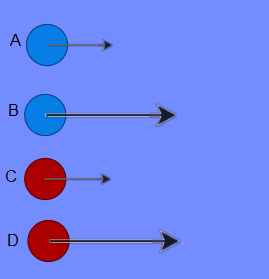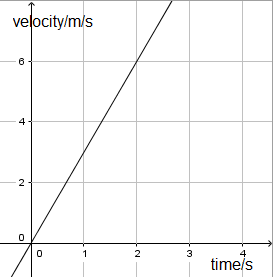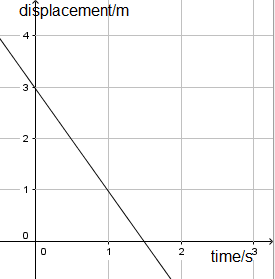 While Physics problems usually explore the interactions between force and motion with a focus on velocity and acceleration, we mustn't forget that mass has an equally significant part to play.
While Physics problems usually explore the interactions between force and motion with a focus on velocity and acceleration, we mustn't forget that mass has an equally significant part to play.
Key Concepts
MY PROGRESS
How much of Inertia, momentum and impulse have you understood?





 Twitter
Twitter  Facebook
Facebook  LinkedIn
LinkedIn